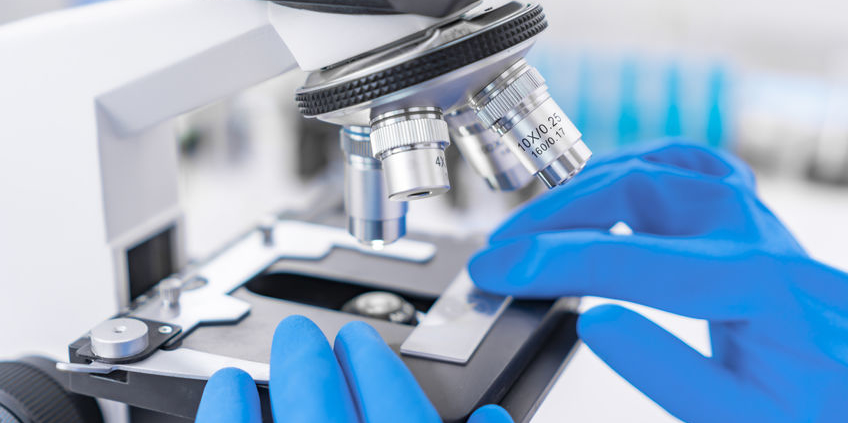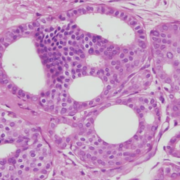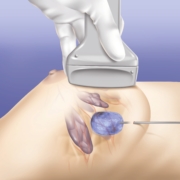31 January 2018
In women who undergo lumpectomy for breast cancer, the likelihood of another cancer developing in the treated breast can range from 0.2 – 1.0% per year, and this rate can be decreased with the addition of endocrine therapy such as tamoxifen or an aromatase inhibitor. The likelihood of developing a contralateral (opposite side) breast cancer is about 0.6% per year, and can also be reduced by endocrine therapy. Prior to making a decision on lumpectomy versus mastectomy, women commonly ask about the possible need for additional biopsies and procedures.
A study published in JAMA Surgery reviewed 2 large insurance databases to determine the frequency of breast biopsy after breast cancer treatment. Over 120,000 cases were analyzed. The researchers found that 15-23% of patients underwent subsequent biopsies during the 10 year period evaluated. 20-30% of these patients underwent additional cancer treatment. Factors associated with lower biopsy rates included the use of endocrine therapy and older age. The use of partial breast irradiation (brachytherapy) was associated with a higher biopsy rate.
As this was an insurance claims database review (review of billing codes, not actual patient charts or medical records), it is not possible to know if biopsies were performed on the side of initial cancer or the opposite side, except in patients initially treated by mastectomy. In addition, a limitation of all claims database studies is that if the billing and diagnosis codes are not correctly entered, the information obtained will not be accurate. However, given the large number of claims reviewed, this study at least provides an estimate for patients to use when weighing the options of lumpectomy or mastectomy.









